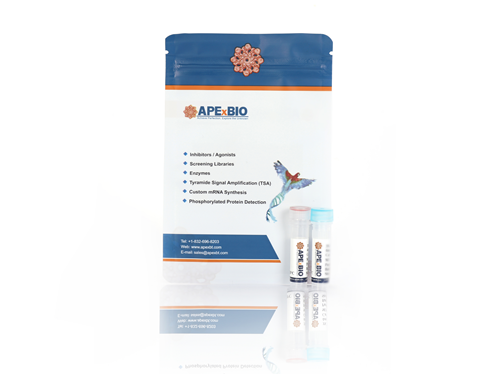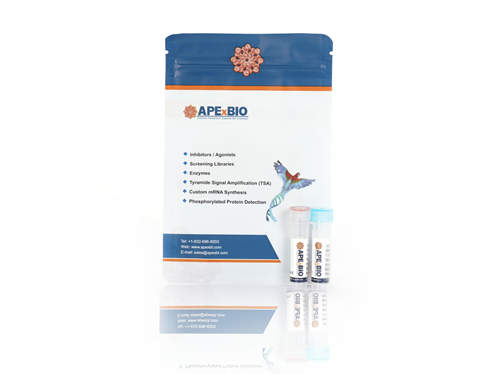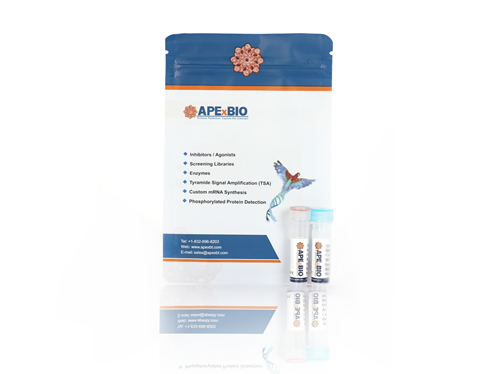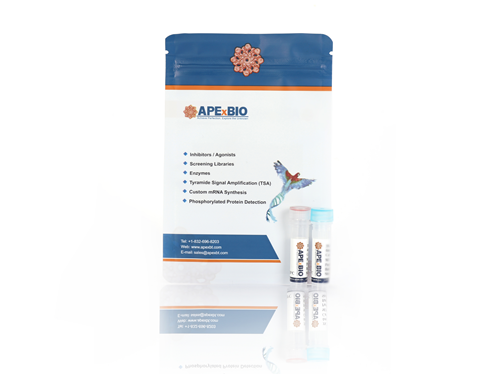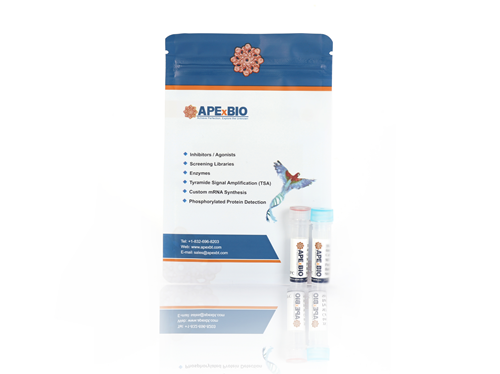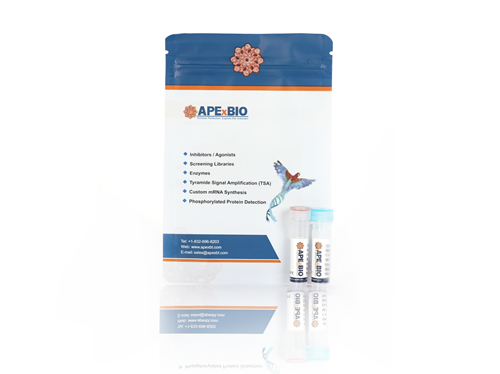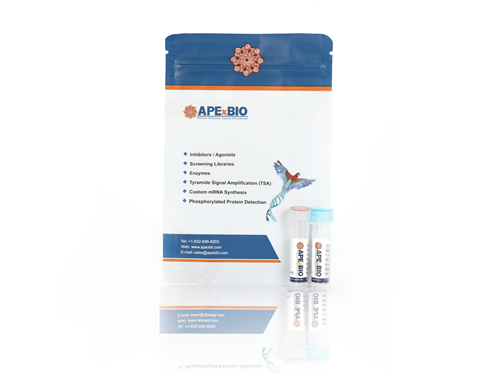EZ Cap™ Mouse CD252(OX40L) mRNA (m1Ψ, HA tag)
CD252, also known as OX40 ligand (OX40L), is an important cytokine that belongs to the tumor necrosis factor (TNF) superfamily. It is mainly expressed on the surface of activated antigen-presenting cells such as dendritic cells, B cells and macrophages. CD252 performs its biological function by binding to the OX40 (CD134) receptor. The CD252-OX40 signaling pathway plays a key role in promoting T cell proliferation, survival and effector function, especially in regulating immune response, maintaining immune tolerance and anti-tumor immunity. In addition, CD252 is involved in the pathological processes of autoimmune diseases and chronic inflammation. Therefore, CD252 and its signaling pathway have become a hot spot in immunotherapy research, especially in cancer immunotherapy and autoimmune disease treatment.
EZ Cap™ Mouse CD252(OX40L) mRNA (m1Ψ, HA tag) is provided at a concentration of ~1 mg/ml with Cap1 structure. It expresses Mouse CD252 cytokine with HA label, which is convenient for the subsequent detection of protein expression. There are currently two ways to cap mRNA: One is co-transcription method, by adding Cap analogues into the transcription process. The other is enzymatic Capping. After transcription, Cap0 capping is performed by Vaccinia virus Capping Enzyme (VCE), GTP and S-adenosylmethionine (SAM). The Cap0 is then generated into the Cap1 through 2´-O-Methyltransferase and SAM. Cap1 Capping can also be performed by adding VCE, 2´-O-Methyltransferase, GTP and SAM in a one-step process. Cap 1 structure is more ideal for mammalian systems and possess higher transcription efficiency than Cap 0 structure. The addition of N1-Methylpseudo-UTP(m1Ψ) and poly(A) tail suppress RNA-mediated innate immune activation and increase the stability and lifetime of the mRNA in vitro and in vivo. Poly(A) tail also plays an important role in enhancing the efficiency of translation initiation.
|
mRNA Length |
940 nucleotides |
||
|
Concentration |
~1 mg/mL |
||
|
Buffer |
1 mM Sodium Citrate, pH 6.4 |
Storage |
-40°C or below |
|
General tips |
Please dissolve it on ice and protect from RNase carefully. Avoid repeated freeze/thaw cycles as possible. Don’t vortex. Upon first use, centrifuge the tube softly and aliquot it into several single use portions. Use RNase-free reagents and materials with appropriate RNase-free technique. Don’t add to the media with serum unless mixing with a transfection reagent. |
||
|
Shipping Condition |
ship with dry ice |
||



